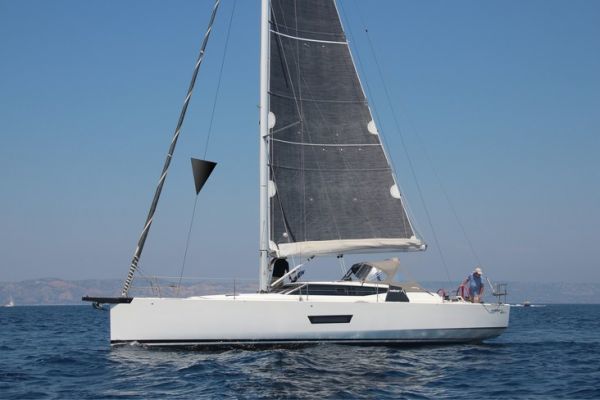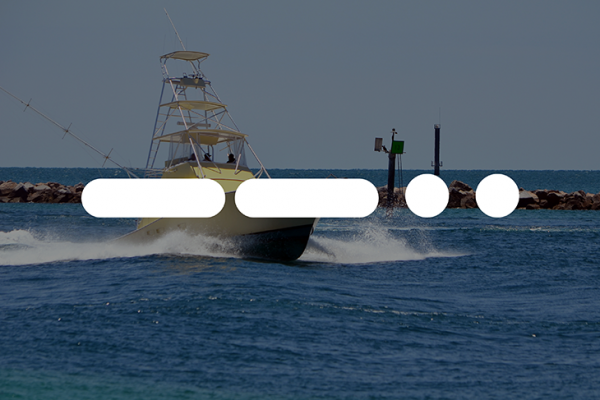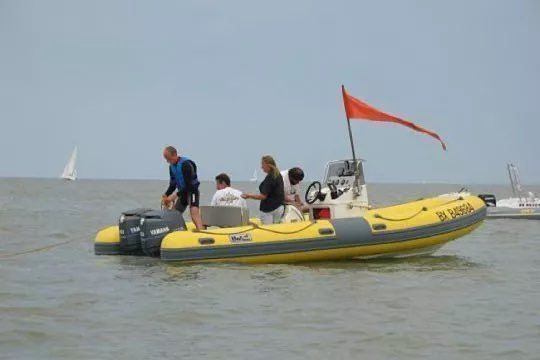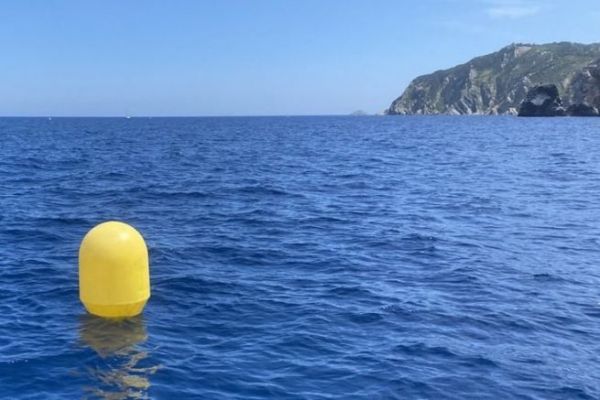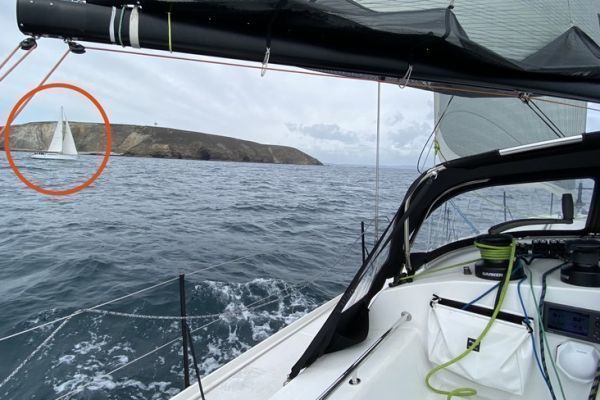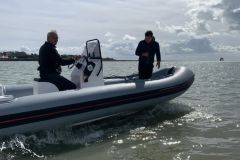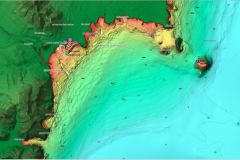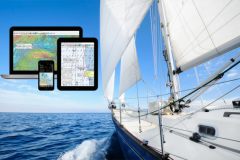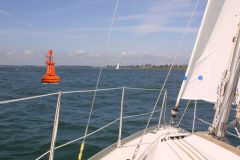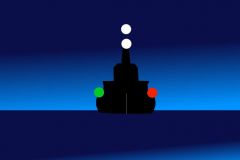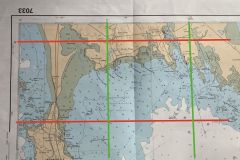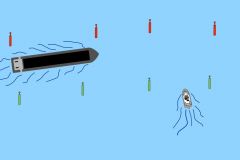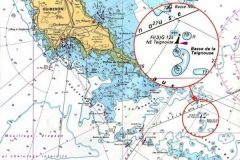Essential sound signals to know how to interpret
Sound signals are used at sea to communicate between ships. They will be used for example to signal its presence in case of reduced visibility, to warn of a change of direction or in our case today to announce an overtaking. Each situation has its own signal.
To make these sound signals, a foghorn should be used. Some large ships use a bell or gong to make their sound signals. Some beacons are also equipped with bells.
International rules
The International Regulations for Preventing Collisions at Sea, or RIPAM, set out the sound signals to be used at sea, so that they can be interpreted by all. Thus, one short sound means you are maneuvering to starboard and two short sounds to port. However, we are in the case where a ship is overtaking us. We will then add two long sounds with the short ones to understand what this signal means. Two long tones and a short tone means that he is going to pass on the starboard side, two long tones and two short tones on the port side.
So the answer was: Answer B, he plans to pass me on the port side.
You have therefore understood his signal. To let him know that you have heard him and that you are inviting him to pass you, you can then make a long sound, a short sound, a long sound and a short sound.
If you're ever unsure of its operation, you can alert it with five short sounds.
You can find all the sound signals in the RIPAM. A sound vocabulary that is very useful in certain situations!



